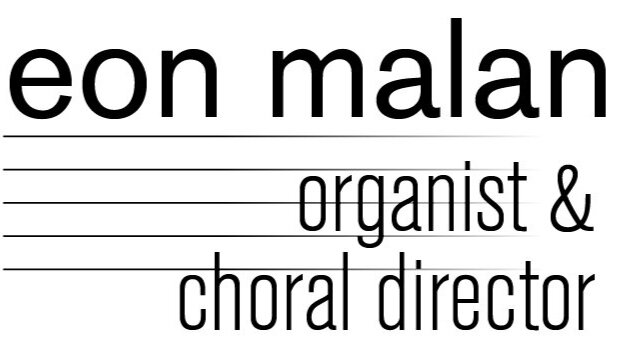ROCKINGHAM
In Great Britain and Canada—as well as some United States hymnals—“When I survey the wondrous cross” is printed with ROCKINGHAM, an anonymous melody which first appeared under the name TUNBRIDGE in Musica Sacra. By common consent, When I survey the wondrous Cross is one of the finest hymns to spring from the evangelical movement in eighteenth-century England. The gory imagery of Isaac Watts’ text of 1707 is remote from present-day religious thought (if not from present-day Hollywood films) but was common currency to Protestants of the time: Bach set similarly bloodstained texts to music in his cantatas and Passions without complaint. The tune, an adaptation of a melody called Tunbridge made by Edward Miller, organist of Doncaster Parish Church and a former flautist in Handel’s orchestra, was published in 1790 and soon became the standard one for these words. It was aptly harmonized by the glee composer Samuel Webbe in 1820.
In 1790, Edward Miller published the tune in The Psalms of David for the Use of Parish Churches, giving it the name ROCKINGHAM and revising it into the form in which it is generally sung today. Perhaps reflecting knowledge of the printing in Psalmody in Miniature, as noted above, Miller annotated each appearance of ROCKINGHAM with “Part of the melody taken from a hymn tune.” The piece appeared seven times in Miller’s volume with a variety of texts, with an eighth instance appearing in an appendix. It was printed with melody and bass lines but included cue sized notes and bass figures to facilitate keyboard accompaniment.
Edward Miller, Born in the United Kingdom. The son of a pavior (stone paver), Miller left home to study music at King's Lynn. He was a flautist in Handel's orchestra. In 1752 he published “Six Solos for the German Flute”. In 1756 he was appointed organist of St. George Minster Doncaster, continuing in that post for 50 years. He also gave pianoforte lessons. He published hymns and sonatas for harpsichord, 16 editions of “The Institues of Music”, “Elegies for Voice & Pianoforte”, and Psalms of David set to music, arranged for each Sunday of the year. That work had over 5000 subscribers. He published his thoughts on performance of Psalmody in the Church of England, addressed to clergy. In 1801 he published the Psalms of Watts and Wesley for use by Methodists, and in 1804 the history and antiques of Doncaster with a map.
Sources
Hymnology Archive: https://www.hymnologyarchive.com/when-i-survey
Hyperion Records: https://www.hyperion-records.co.uk/dw.asp?dc=W18687_GBAKR0012611
